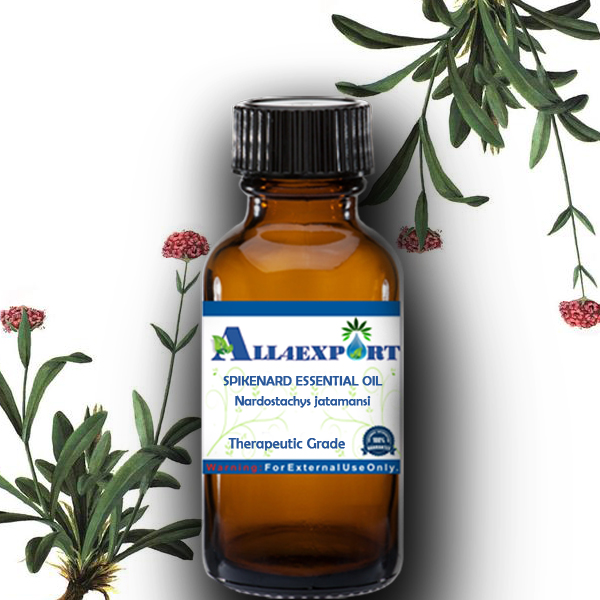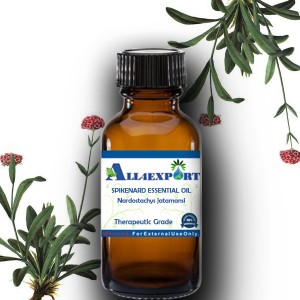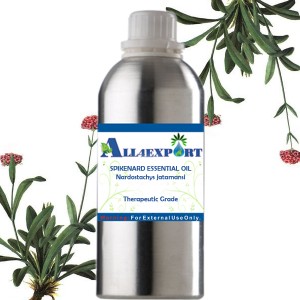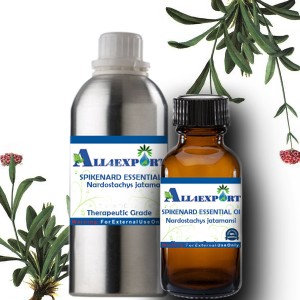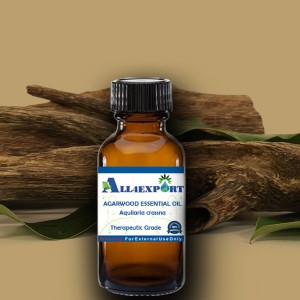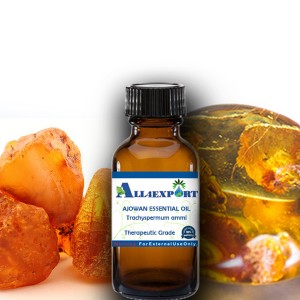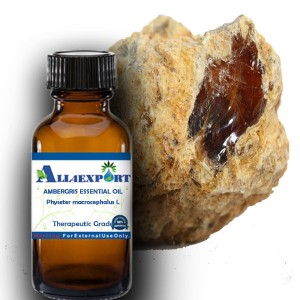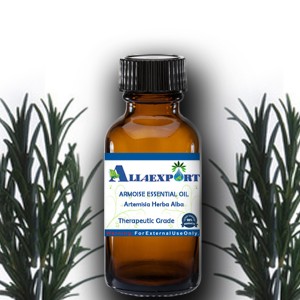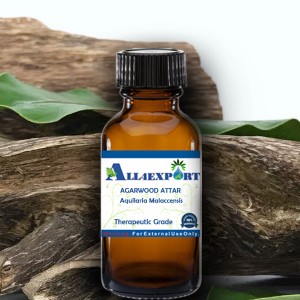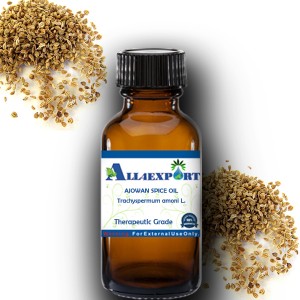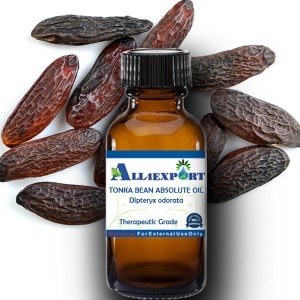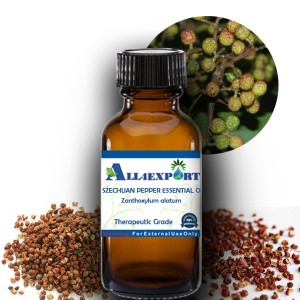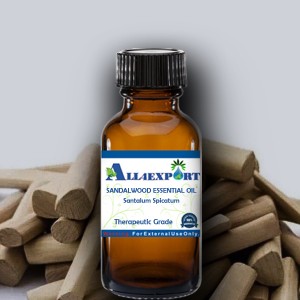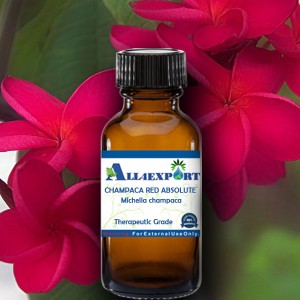| SPIKENARD ESSENTIAL OIL |
Botanical Name | : | Nardostachys jatamansi | Country of Origin | : | India | Solubility | : | Insoluble in water, soluble in alcohol and oils | Specific Gravity | : | 0.9300 – 0.9587 @ 25 C | Optical Rotation | : | -12.0 – -8.0 @ 20°C | Refrective Index | : | 1.5055 – 1.5458 @ 25 C | Plant Part | : | Root | Bland With | : | Clary sage, lavender, lemon, neroli, patchouli and vetiver | CAS No | : | 8022-22-8 | Flash Point | : | 185°F | Extraction Method | : | Steam Distilled |
|
Description : Spikenard is also called nard, nardin, and muskroot. It is a class of aromatic amber-colored essential oil derived from Nardostachys jatamansi, a flowering plant of the valerian family which grows in the Himalayas of Nepal, China, and India.
|
Constituents : bornyl acetate, valeranone, jonon, tetramenthyloxatricylodecanol, menthylthymyl-ether and 1,8-cineol. |
Uses : Spikenard essential oil is used to cure ailments caused by fungal infections on the skin and inside the body, included food poisoning by fungus, dermatitis, patches on the skin, itching, deformation of the skin, and psoriasis.
|
Benefit : spikenard essential oil can be benefited to its properties as an antibacterial, anti-fungal, anti-inflammatory, deodorant, laxative, sedative, and uterine substance. The traditional use of this plant was for the skin and female reproductive organs such as the uterus and ovaries. |
Caution Note: We recommend Keep out of the reach of children. Avoid contact with skin and eyes.
All of the information and opinions that are provided on this web site are for informational and educational purposes only. This information is not intended to replace medical advice given by a medical practitioner. Anyone considering alternative therapies should consult with their medical professional before using an alternative method of healing. We do not give nor is any opinion on our web site medical advice.
|








